Are you unsure of CPP payment dates for 2023? This post is written to clear your doubt. The Canada Pension Plan is one of the most significant retirement programs in Canada.
It provides economic security to Canadians who are no longer able to work for wage earnings. It is offered to employees in both the public and private sectors.
However, It only provides retirement income to contributors and their beneficiaries. Read on below to discover more about CPP payment dates, how much will you get if you’re eligible, and how it can ease future financial problems.
What is the Canada Pension Plan, and Why is it Important?
The Canada Pension Plan (CPP) is a federal, contributory, contributory social insurance program that provides retirement income to Canadian residents who have worked and paid into the plan.

The Canadian government created the plan in 1966 to provide workers with a steady income after their retirement. The CPP also provides disability benefits to those who are unable to work due to an illness or a sustained injury.
CPP has three components: Old Age Security, which is a universal benefit paid to seniors aged 65 years and over; the Guaranteed Income Supplement, which provides benefits for low-income seniors; and the Canada Pension Plan.
What is CPP Payment?
The Canada Pension Plan (CPP) is a monthly payment paid to Canadian retirees by the Canada Revenue Agency (CRA). This is a great way to complement your monthly income, as you can get it even if you’re employed.
CPP payments are taxable income, and they are taxed at the same rate as your total taxable income.
Couples can save money on taxes by seeking to split their CPP benefits. The Canada Pension Plan (CPP) is a contributory, earnings-related social insurance program that helps provide retirement income.
The Canada Pension Plan is an employment-related program that pays benefits to retirees. The Canada Pension Plan is not the same as the Canadian pension system.
The Canada Pension Plan (CPP) is an unfunded pay-as-you-go social security program in which Canadians will receive income in retirement after they stop working. The CPP relies on contributions from both employers and employees, with rates determined by the number of years worked and the income level.
2023 CPP Payment Dates
CPP payments are made on a monthly basis, either by bank deposit or via cheque
CPP payments vary from month to month, but they normally fall on three days before the last business day of the month. In order to ensure that CPP beneficiaries have enough money to buy Holiday gifts for their dear ones. December payments are usually paid before the 25th of the month.
The Canada Review Agency is in charge of making CPP payments.
Moreover, programs like Old Age Security (OAS), disability(CPP-Disability), and children’s and survivor benefits are paid on the same day alongside the Canada Pension Plan (CPP).
The CPP payment dates for 2023 and 2022 are compared as follows:
| 2022 CPP Payment Dates | 2023 CPP Payment Dates |
|---|---|
| 27th of January, 2022 | 27th of January, 2023 |
| 24th of February, 2022 | 24th of February, 2023 |
| 29th of March, 2022 | 29th of March, 2023 |
| 27th of April, 2022 | 28th of April, 2023 |
| 27th of May, 2022 | 26th of May, 2023 |
| 28th of June, 2022 | 28th of June, 2023 |
| 27th of July, 2022 | 28th of July, 2023 |
| 29th of August, 2022 | 27th of August, 2023 |
| 27th of September, 2022 | 28th of September, 2023 |
| 27th of October, 2022 | 27th of October, 2023 |
| 28th of November, 2022 | 26th of November, 2023 |
| 21st of December, 2022 | 22nd of December, 2023 |
How Much Will You Get
The following factors determine how much money you will get from the CPP payment. These are the following:
- Your contribution amount
- Your age as at the time of application
- How long have you been a CPP contributor?
- Earnings during the course of your working life
Maximum CPP Payouts in 2022 are shown below
$2,500 per month – Death Benefit
$1,064.80 per month – Average disability benefit
$1,451.45 per month – CPP Disability Benefit Maximum
$1,253.59 per month – Maximum CPP retirement pension benefit
$779.32er per month – Average CPP retirement pension benefit
There are three ways to receive a CPP retirement pension Monthly CPP pension payments, lump sum CPP pension payments, and the lifetime annuity payment:
- The CPP monthly payment is a monthly income for life – it provides a monthly income in retirement that is adjusted each year with inflation.
- A lump-sum payment is an option if you need extra money to help pay for things like home renovations or long-term care, or if you want to leave an inheritance. You can choose to take your pension as one large, tax-free payout when you retire.
- Even as a lifetime annuity payment which can be a combination of monthly and lifetime payments for periods up to 35 years.
Related:
10 Best Bank in Canada: A Review of 2022
30 Best passive income ideas to Build Wealth in 2022
401(K) Retirement Account: 10 Best Investment Alternatives
CPP Retirement Pension Eligibility Requirements
To be eligible for CPP payments, you need to have contributed to it for at least 10 years in any given 20-year period. Also, you are eligible for CPP payments when you reach age 65 or if you become disabled before age 65. Payments can also be received when you retire from your job with enough CPP contributory periods. Get the summary below:
- You can receive a CPP retirement pension if you are 65 years of age or older and have met the minimum contribution requirement;
- you can receive a CPP retirement pension if you are 60 to 64 years of age with at least 10 years of contributions;
- you can receive a CPP retirement pension if you are 60 to 64 years of age with at least 25% of the contribution requirement;
- you cannot receive a CPP retirement pension if your maternity, parental, or adoption leave is not yet completed.
Related: OAS Payment Dates (2022): The Complete Guide
Conclusion
In conclusion, there are many ways one can help themselves to ensure that they have the best future possible. It is important to balance out the decision between being happy and having a stable future.
We need to start with the present and work backward. However, this is not enough, and we also need to take some time to plan for the future. It’s not just about saving money, but about saving our lives as well.
This guarantees that you will have income even after retirement. If you’re still young, find a job that offers such an option or consider saving independently of your employer’s pension scheme through auto-enrolment schemes like Nestegg or IFAs like Hargreaves Lansdowne.




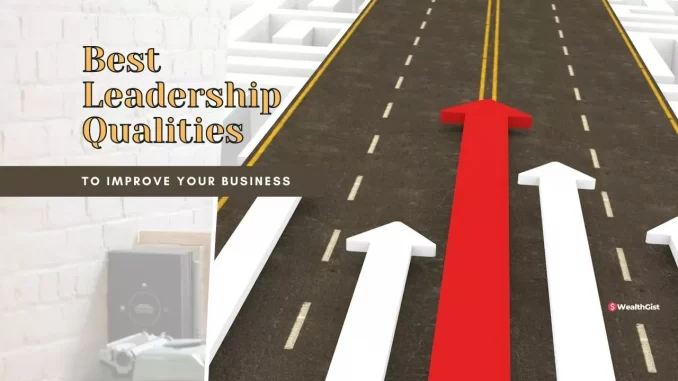
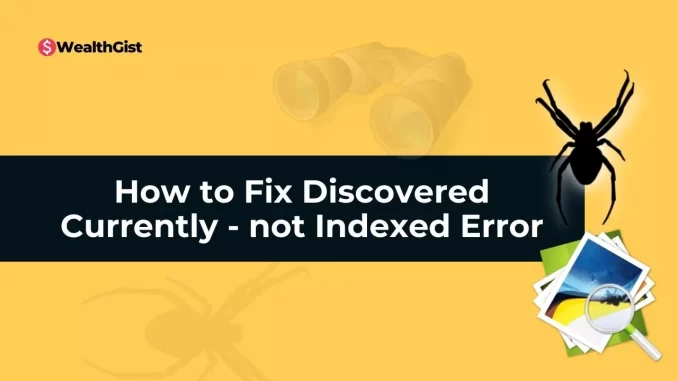
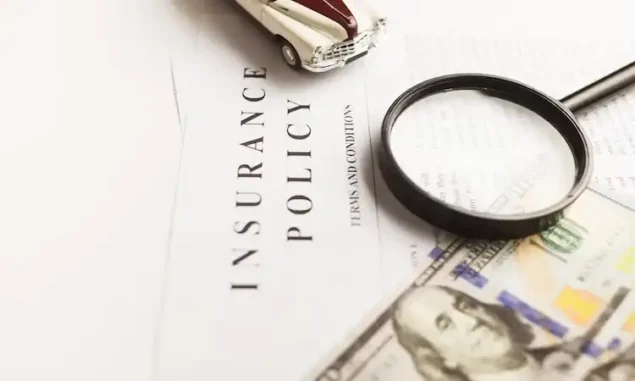
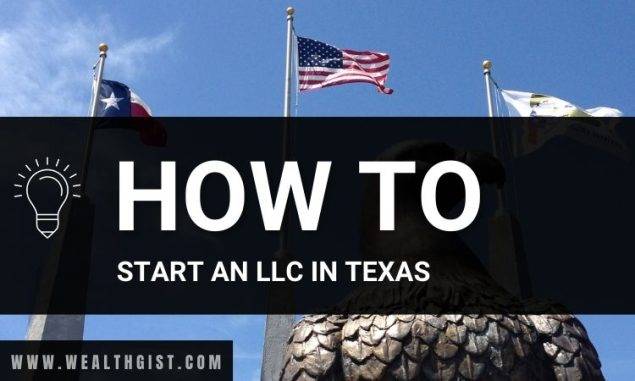
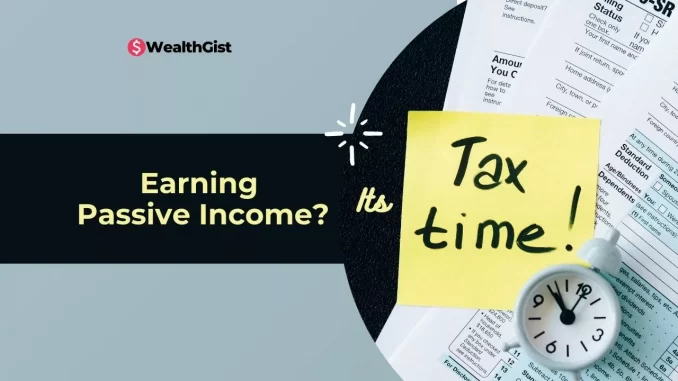

Comments are closed.